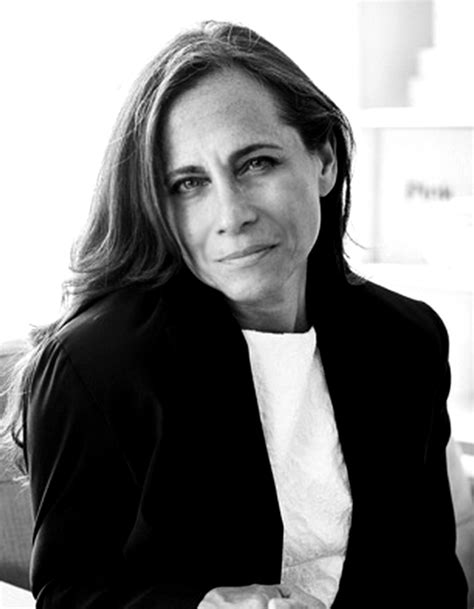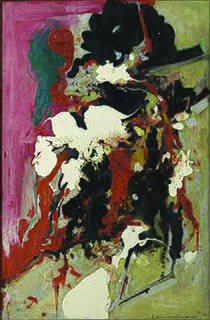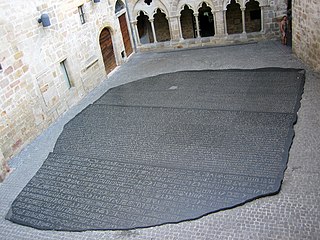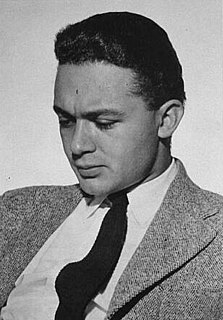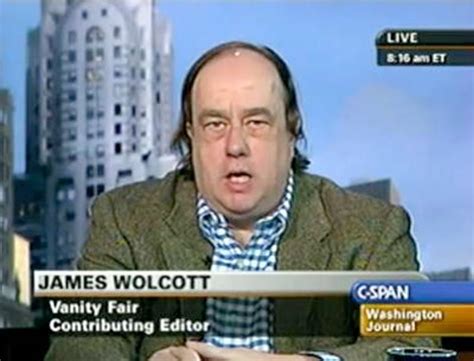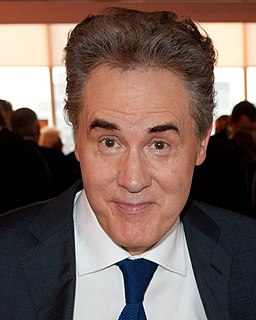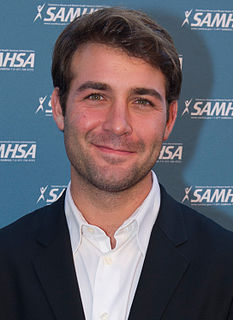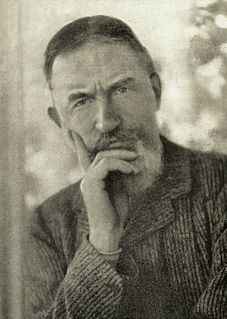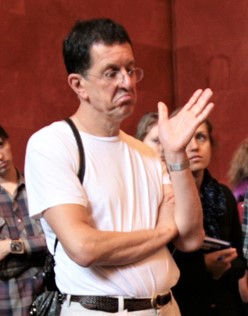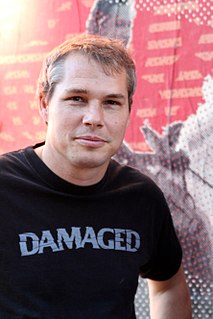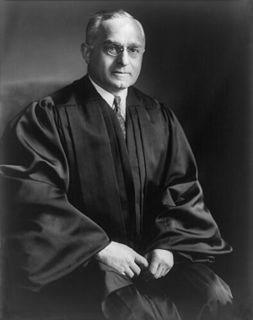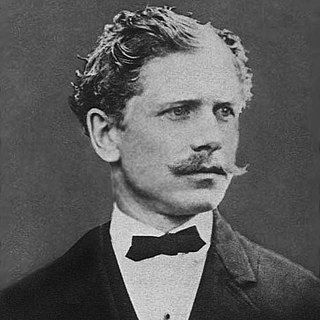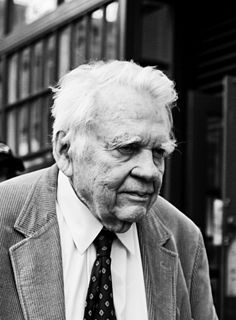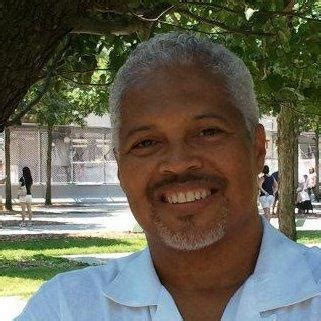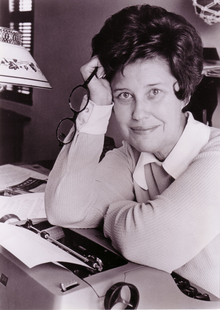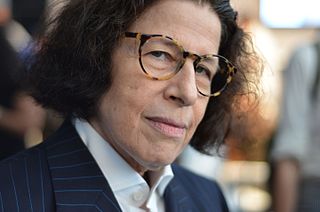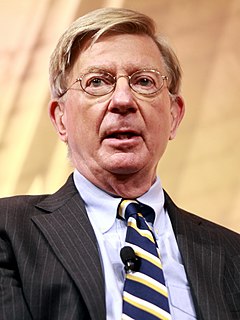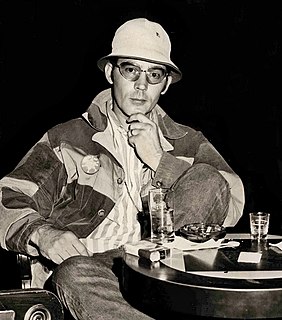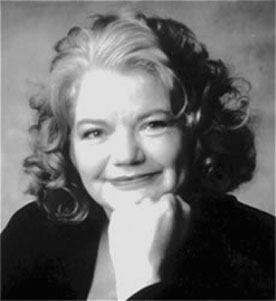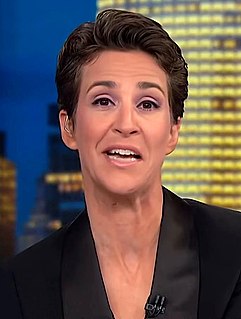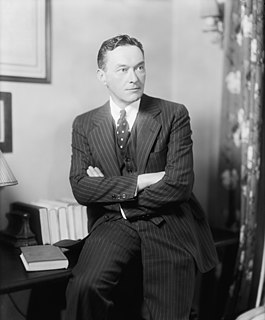A Quote by Tahl Raz
Pure art is a noble pursuit. Applied art is a business. That's one reason design firms have been so eager of late to add consulting and manufacturing to their core aesthetic competencies.
Related Quotes
When objects are presented within the context of art (and until recently objects always have been used) they are as eligible for aesthetic consideration as are any objects in the world, and an aesthetic consideration of an object existing in the realm of art means that the object's existence or functioning in an art context is irrelevant to the aesthetic judgment.
By the late Nineties, we had become a more visual nation. Big-money taste moved to global standards - new architecture, design and show-off contemporary art. The Sloane domestic aesthetic - symmetry, class symbolism and brown furniture - became as unfashionable as it had been hot in the early Eighties.
Acting is definitely an incredible pursuit, but on the other side, it's a business, and learning where art meets business was a huge lesson for me. The more you can wrap your mind around that idea - that yes, this is my art, but it's tied into business - the more it helps you understand and move past the failures.
All industries are brought under the control of such people [film producers] by Capitalism. If the capitalists let themselves be seduced from their pursuit of profits to the enchantments of art, they would be bankrupt before they knew where they were. You cannot combine the pursuit of money with the pursuit of art.


